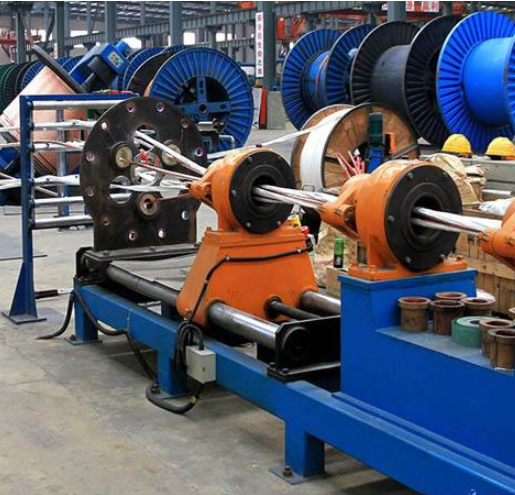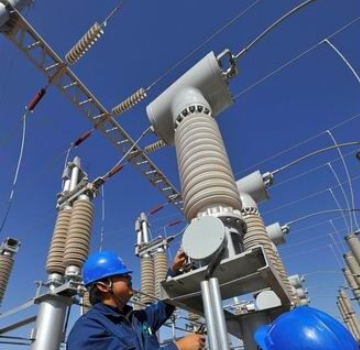In the power engineering installation, the cable terminal head and the intermediate joint are important electrical equipment components in the transmission and transformation cable line. Its function is to disperse the electric field at the shielded and cut-off position of the cable terminal, and protect the cable from being broken down. Internal and external insulation and waterproofing. In the cable line, more than 60% of the accidents are caused by the accessories, so the quality of the joint accessories is very important for the safety and reliability of the entire power transmission and transformation.
Precautions for common power cables during construction
1, the connection of the conductor
Conductor connections require low electrical resistance and sufficient mechanical strength, and sharp corners cannot occur at the joints. Medium and low voltage cable conductor connections are commonly used for crimping. Crimp should be noted:
(1) selecting a conductor connecting tube of suitable electrical conductivity and mechanical strength;
(2) The inner diameter of the crimping tube and the outer diameter of the connected core are taken to be 0.8 to 1.4 mm;
(3) The resistance of the joint after crimping shall not be greater than 1.2 times that of the conductor of equal section, and the tensile strength of the copper conductor joint shall not be less than 60N/mm2;
(4) Before the crimping, the outer surface of the conductor and the inner surface of the connecting tube are coated with a conductive adhesive, and the oxide film is broken by a wire brush;
(5) The connecting tube, the sharp corners on the core conductor, the burrs, etc., smoothed with a file or sandpaper
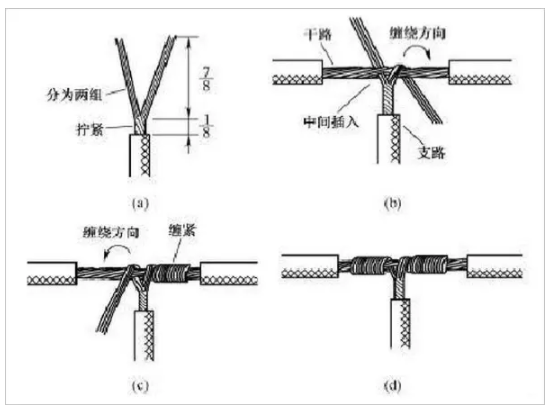
2, the inner semiconductor shielding treatment
Where the cable body has an inner shielding layer, the inner shielding layer of the joint of the crimping tube conductor portion must be restored when the joint is made, and a part of the inner semiconductor shield of the cable is left so that the inner shields of the connecting head on the connecting tube can communicate with each other. The continuity of the inner semiconductor is ensured so that the field strength at the joint is evenly distributed.

3. Processing of external semiconductor shielding
The outer semiconductor shield is a semi-conductive material that acts as a uniform electric field on the outside of the cable and the joint insulation. Like the inner semiconductor shield, it plays an important role in the cable and the joint. The outer semiconductor port must be neat and uniform and requires a smooth transition from the insulation, and the semiconductor winding of the joint is connected to the external semiconductor shield of the cable.
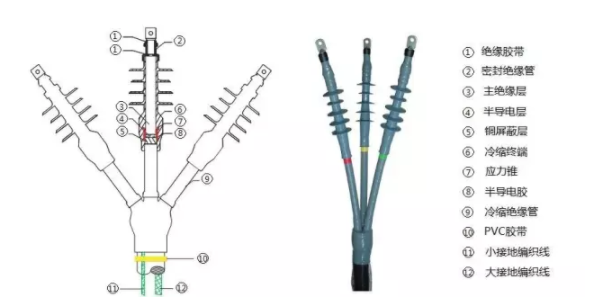
4, cable reaction force cone processing
During the construction, the shape and the correct response force cone are equal. The potential distribution on the whole cone surface is equal. When making the cross-linked cable reaction cone, the special cutting tool is generally used, or the micro-fire can be slightly heated, and the fast knife is used. After cutting, after basic molding, it is then scraped with 2mm thick glass, and finally sanded from coarse to fine with sandpaper until smooth.
5, metal shielding and grounding treatment
The role of the metal shield in the cable and the joint is mainly used to conduct the cable fault short-circuit current, and the electromagnetic interference of the shielded electromagnetic field to the adjacent communication equipment. In the operating state, the metal shield is at zero potential in a good grounding state, after the cable fails It has the ability to conduct short-circuit currents in a very short time. The grounding wire should be soldered reliably. The metal shielding and armoring tape on the cable body of the two ends of the box are firmly welded, and the grounding of the terminal head should be reliable.
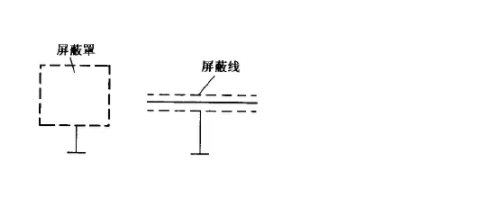
6. Sealing and mechanical protection of the joint
The sealing and mechanical protection of the joint is a guarantee for the safe and reliable operation of the joint. Moisture and moisture should be prevented from penetrating into the joint. In addition, joint protection grooves or cement protection boxes should be installed at the joints.

Precautions for common power cables during construction
1. The cable should be kept at a distance of 2m when it is installed in parallel with the heat pipe, and should be kept at 0.5m when it is crossed.
2. The cable should be kept at a distance of 0.5m when it is installed in parallel or cross-over with other pipes.
3. When the cable is directly buried, the direct buried depth of the 1-35kV cable should be no less than 0.7m.
4. When the cables of 10kV and below are installed in parallel, the mutual clearance is not less than 0.1m, 10-35kV is not less than 0.25m, and the distance when crossing is not less than 0.5m.
5, the minimum bending radius of the cable, multi-core cable must not be lower than 15D, single-core cable must not be lower than 20D (D is the cable outer diameter).
6, 6kV and above cable connector
a. When installing the cable terminal, the semi-conductive shielding layer must be stripped. The insulation should not be damaged during operation. The knife marks and unevenness should be avoided. If necessary, sandpaper should be used for flattening; the shielding end should be flat and graphite should be used. The layer (carbon particles) is cleaned.
b. The copper shield and steel stern at the end of the plastic insulated cable must be well grounded. This principle should also be followed for short lines to avoid inductive electrical dynamics at the end of the steel stern during unbalanced operation of the three phases, even “ignition” and combustion protection. Sets and other accidents. The grounding lead wire should be soldered with tin-plated braided copper and cable copper strip. It should not be sealed with a blown lamp to avoid burning insulation.
c. The three-phase copper shield should be connected to the ground wire respectively. Note that the shield ground wire and the steel wire ground wire should be taken out separately and insulated from each other. The position of the welding ground wire should be as close as possible.

7. Basic requirements for cable ends and intermediate connectors:
a. The conductor is well connected;
b. Reliable insulation, it is recommended to use radiation cross-linked heat shrinkable silicone rubber insulation material;
c. sealed well;
d. Sufficient mechanical strength to adapt to various operating conditions.
8. The cable ends must be waterproof and corroded by other corrosive materials to prevent breakdown due to aging of the insulation layer caused by water trees.
9. Cables and forklifts must be used for loading and unloading of cables. It is forbidden to be transported flat or flat. When installing large cables, the cable car should be used to prevent the cables from being damaged by external force or scratching the sheath and insulation layer by manual dragging. If the cable is not installed, it is strictly forbidden to use human hand to make the conductor bend and damage the insulation layer to cause short circuit.
10. If the cable cannot be laid in time, it should be stored in a dry place to prevent sunlight exposure and water in the cable end.
















 RCCN WeChat QrCode
RCCN WeChat QrCode Mobile WebSite
Mobile WebSite